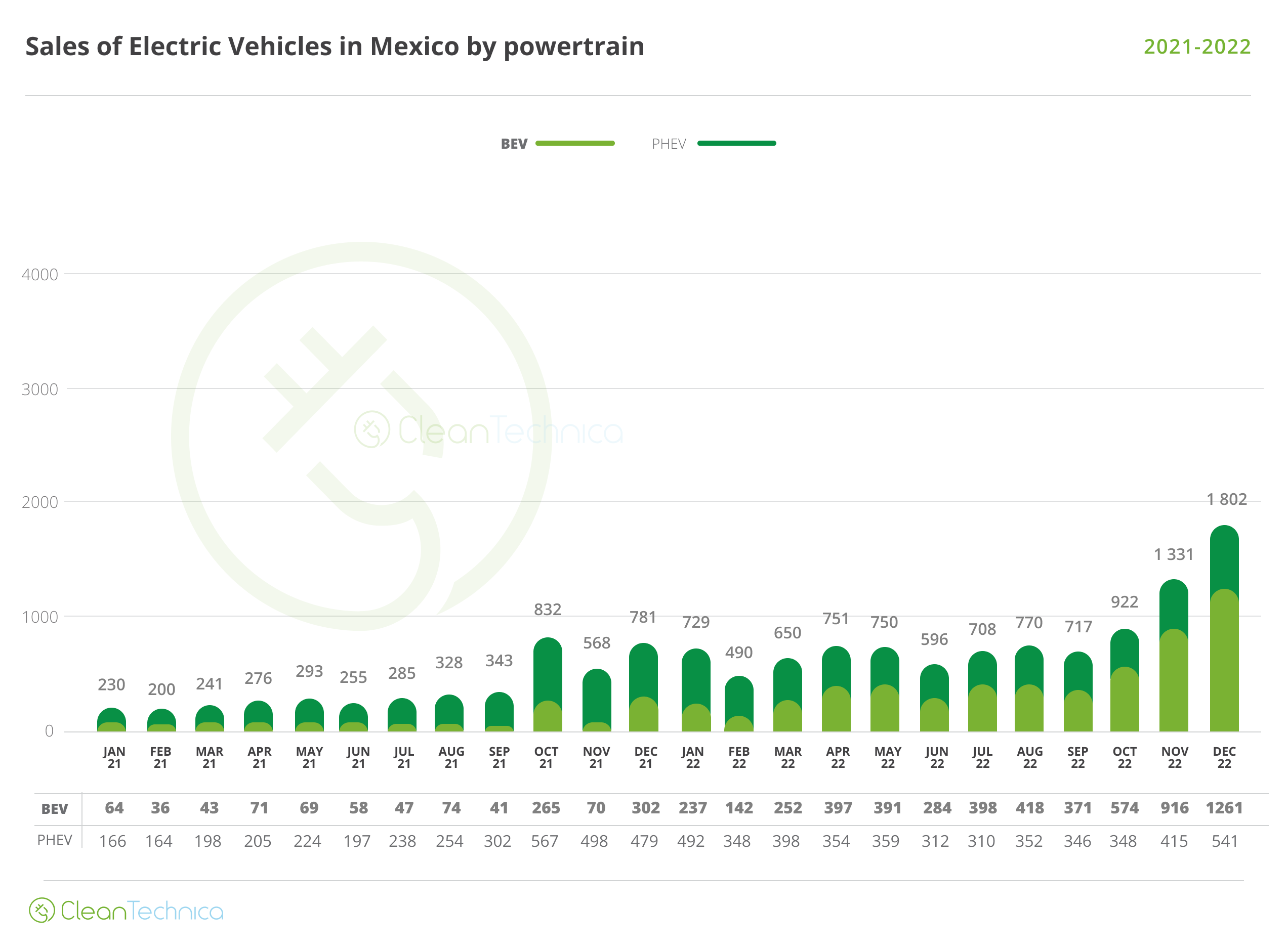Sign up for daily news updates from CleanTechnica on email. Or follow us on Google News!
Can Germany meet its electricity demand with renewables? How much electricity is imported from nuclear and coal-fired power plants? Will a solar eclipse lead to a blackout? Ten years ago, the Fraunhofer Institute for Solar Energy Systems ISE launched the “Energy Charts” data platform to objectify the debate on the energy transition. Today, the website offers detailed interactive data not only on electricity generation, climate data, emissions and exchange prices for Germany but also on the electricity generation for 42 European countries and the European electricity exchange. This makes it one of the most comprehensive data platforms on the European energy market today.

It all started with a press release: In 2011, the media warned of a blackout on the holiday Whit Monday because grid feed-in from solar was high and the load low. Prof. Bruno Burger from Fraunhofer ISE was so annoyed by this that he began to compile data on power generation in a set of slides. “I wanted to make the debate about the energy transition more objective by providing the public with easy-to-understand data.”
From slide set to app
Due to the high demand for the data, the set of slides quickly grew to 280 pages. This gave rise to the idea of a website on which energy data can be flexibly uploaded and visualized in interactive graphics, allowing the visitors to display the data as needed. Starting with data on power, energy and electricity exchange prices, the website was gradually expanded to include data on solar and wind power production, energy imports and exports, climate data, power plant emissions and an interactive map displaying the installed power plants.
Today, the Energy Charts team draws on 16 different data sources. The data is first cleaned and then prepared for use in the interactive graphics. To continuously improve the platform, the team regularly conducted user surveys and offered workshops about the site. New designs and data categories were introduced in two projects, funded by the German Federal Environmental Foundation DBU.
The Energy Charts website now provides data in four languages (German, English, French and Italian) and for 42 European countries. The time resolution has also increased from weekly to daily to quarter-hourly time steps. Forecast values are also available for data such as expected electricity generation and electricity exchange prices.
Since December 2023, the website is supplemented by an app, called “PowerSignal,” which shows the current share of renewables in the net public electricity generation for twelve European countries and the day-ahead electricity price for 34 countries. Owners of electric cars, heat pumps or smart homes can use the app to manage their electricity consumption in order to use the greenest possible electricity mix. Leading European household appliance manufacturer BSH Hausgeräte GmbH, which owns brands such as Bosch, Siemens, Gaggenau and Neff, is already using the data from the PowerSignal app. The Fraunhofer team makes the data available to all interested parties on the website and via an open interface (API).
Great response from the media and the public
Today, the Energy Charts platform is one of the most frequently used websites for energy data in Germany. Representatives from science, the media, politics and the energy industry, but for the most part, people interested in the energy transition access the data. The website has around 100 million hits per year and around 250 million graphics are delivered. Between 8 a.m. and 4 p.m., the website is accessed 200,000 to 250,000 times per hour.
Prof. Burger’s efforts to promote the educational awareness of the energy transition are not limited to the Energy Charts website. Each year he gives over 100 interviews, lectures and seminars informing people with the latest facts about the energy transition. Around 400 media reports per year cite data from either the Energy Charts or from Prof. Burger directly. More than 7500 tweets with current energy graphs have been posted on the platform X, where the Energy Charts platform has been available since 2016. Today it has over 25,000 followers.
To address the growing demand for a forum for exchange on the energy figures, the Energy Charts Talks were initiated in June 2021. The forum is open to all and takes place online at the beginning of each month. The current electricity generation figures as well as the new functions and data are presented and discussed. Each month around 100 to 150 participants attend.
Courtesy of Fraunhofer ISE.
Have a tip for CleanTechnica? Want to advertise? Want to suggest a guest for our CleanTech Talk podcast? Contact us here.
Latest CleanTechnica.TV Videos
CleanTechnica uses affiliate links. See our policy here.
CleanTechnica’s Comment Policy





